World Cup Food Traditions: 15 Traditions Associated with Food, Football, and Fun
The World Cup is not only about football—it’s also a global celebration of culture, community, and flavors. Fans around the world embrace World Cup food traditions that bring people together before, during, and after matches. From sizzling street food near stadiums to family feasts at home, every tournament sparks culinary rituals. Here are 15 of the most iconic food traditions linked to the beautiful game.
1) Brazil – Feijoada and Churrasco
In Brazil, matchdays often mean hearty meals like feijoada, a slow-cooked black bean stew with rice and meats, or churrasco, a Brazilian barbecue tradition. During the 2014 World Cup, these dishes were staples at fan gatherings, embodying Brazil’s passion for hospitality (BBC). The smoky flavors and communal setting make these meals inseparable from the World Cup experience in Brazil.
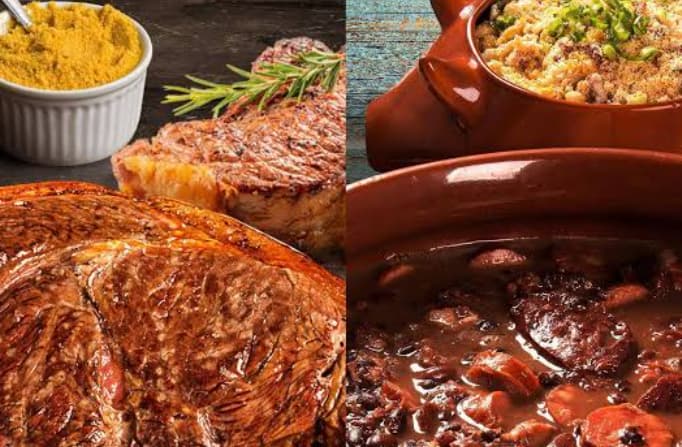
2) Argentina – Asado
The Argentine asado, a traditional barbecue with beef cuts grilled over wood fire, is central to the country’s football celebrations. Fans gather around grills before kickoff, sharing stories and songs while enjoying the meat feast (The Guardian). Asados during the World Cup symbolize both family unity and national pride.
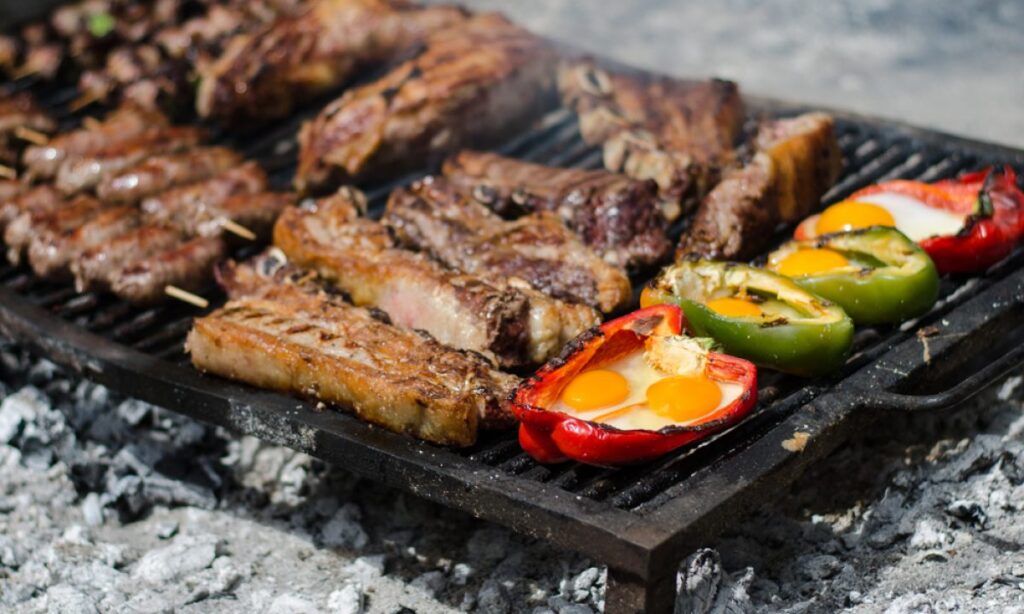
3) England – Fish and Chips
In England, football is synonymous with fish and chips, a classic comfort food enjoyed by fans in pubs or at home during the World Cup. The dish, often wrapped in paper and paired with beer, carries a sense of nostalgia (Independent). During tournaments, pubs across the nation overflow with fans combining tradition with football fever.
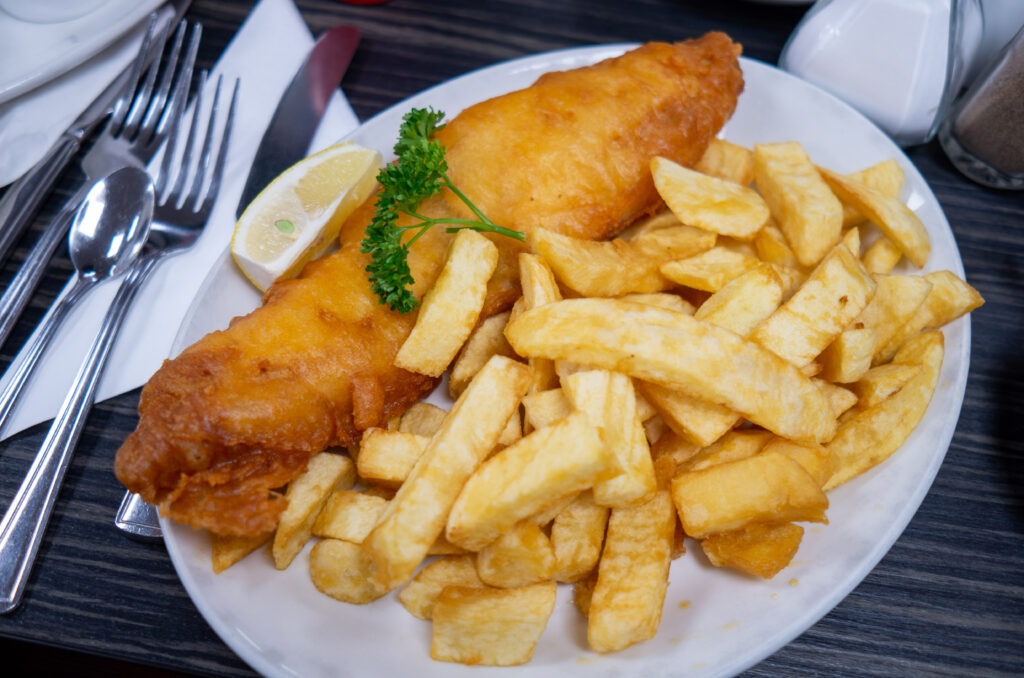
4) Germany – Bratwurst and Beer
Few culinary pairings scream Germany like bratwurst and beer, especially during World Cup summers. Fan zones and stadiums overflow with the smell of grilled sausages, served in rolls with mustard (DW). For many, this tradition is as much a part of matchday as the football itself.
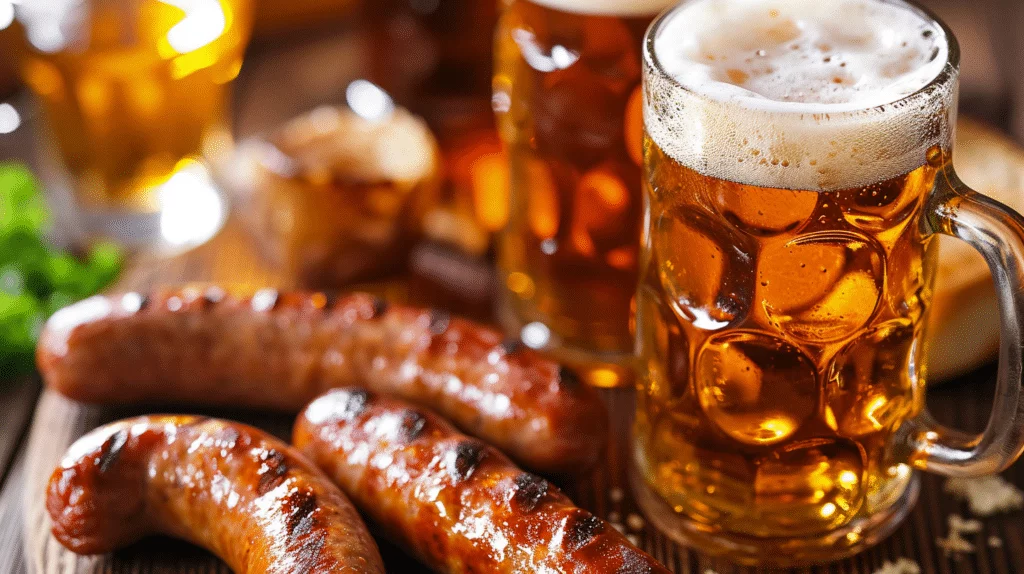
5) Mexico – Tacos and Micheladas
Mexican fans embrace the World Cup with tacos—al pastor, carne asada, or carnitas—served with refreshing micheladas (beer cocktails with lime and chili). Food stalls and gatherings mirror the vibrant fan culture, bringing together flavor and festivity (Mexico News Daily). It’s a fusion of culinary pride and football celebration.
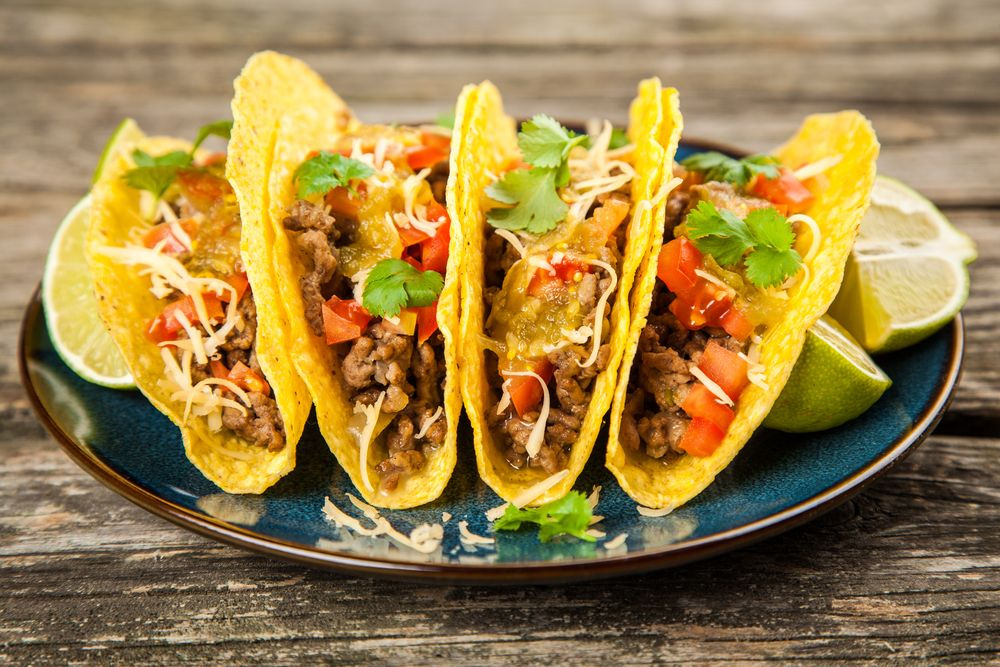
6) Japan – Sushi and Bento Boxes
Japanese fans often prepare sushi rolls and bento boxes for shared viewing events, balancing tradition with convenience. These meals highlight freshness and aesthetic presentation, reflecting Japan’s cultural emphasis on detail (Japan Times). Sushi during the World Cup brings elegance to football nights.
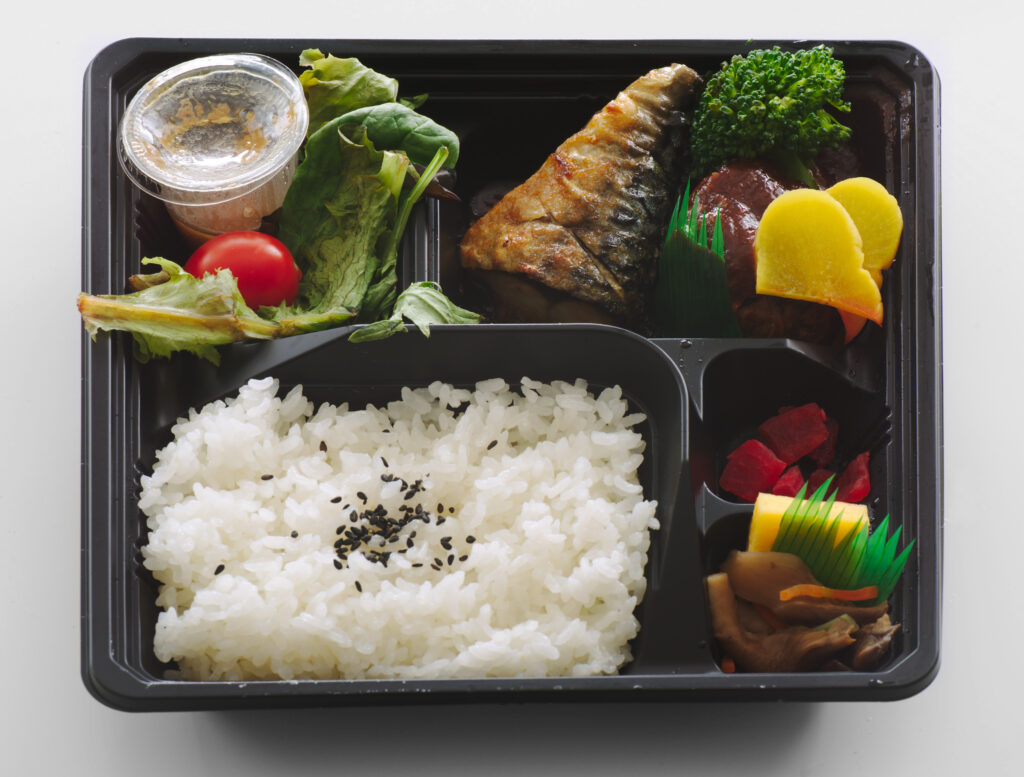
7) South Korea – Fried Chicken and Beer (Chimaek)
Known as “chimaek,” the pairing of fried chicken with beer has become a football ritual in South Korea. It gained international attention during the 2002 World Cup co-hosted by Korea, and today it’s a staple of watch parties (Korea JoongAng Daily). Crispy chicken and cold beer symbolize community spirit.
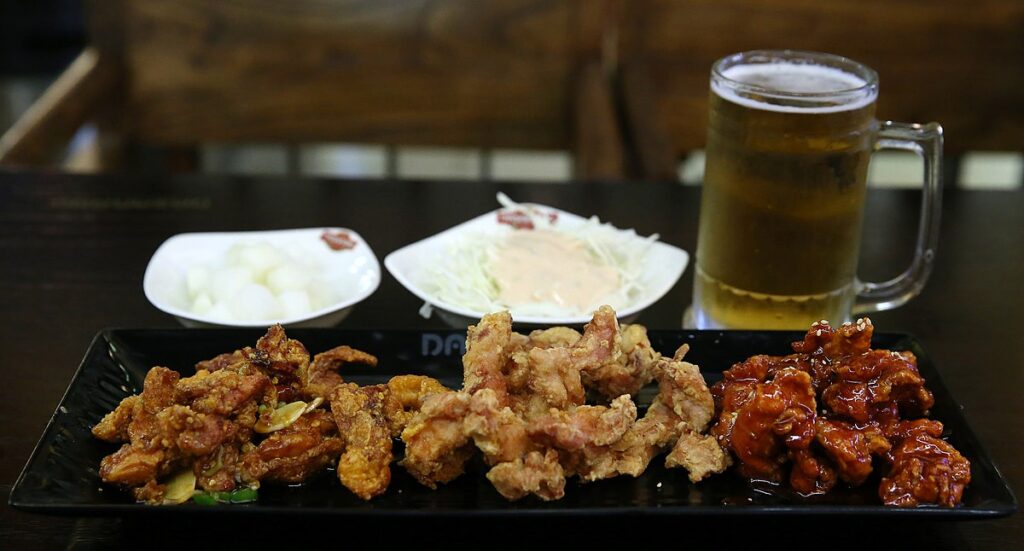
8) France – Wine, Cheese, and Baguettes
French fans add a gourmet touch to their football nights with wine, cheese, and baguettes. During tournaments, outdoor gatherings feature picnic-style spreads that blend football with culinary elegance (France 24). This tradition highlights how France connects everyday culture to sporting passion.
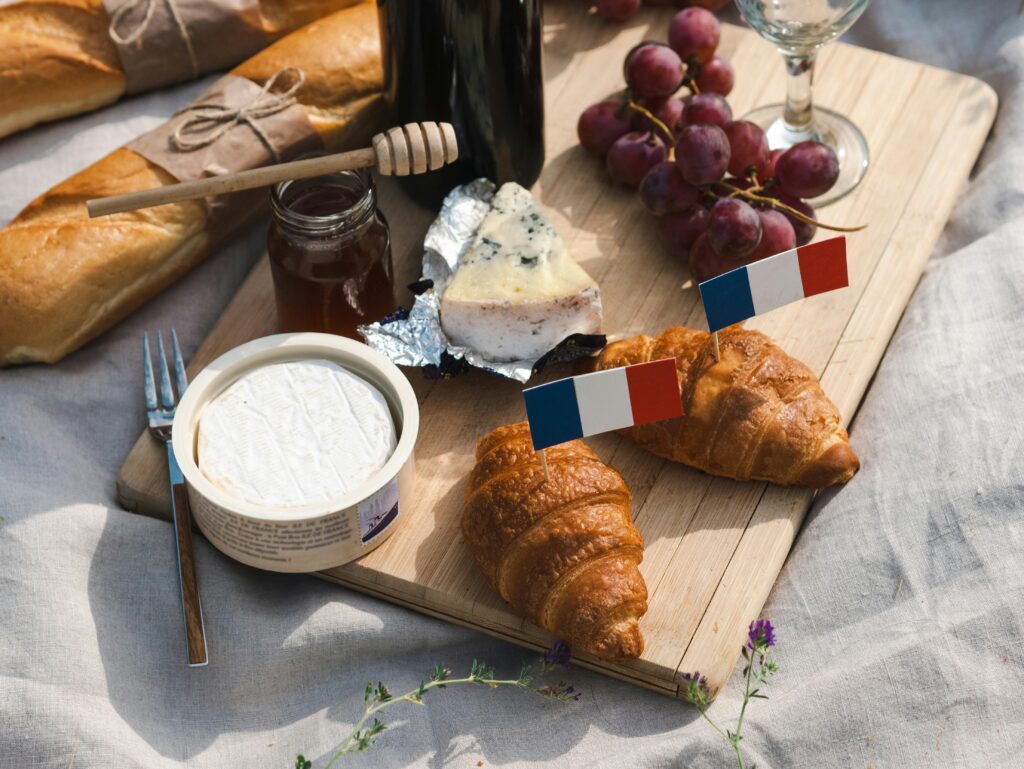
9) Italy – Pizza and Gelato
Italians enjoy their national dishes even more during World Cups, with pizza and gelato being matchday essentials. Whether at restaurants or home, these foods embody the joy of socializing around football (Euronews). The mix of savory and sweet reflects Italy’s sense of culinary indulgence during tournaments.

10) Spain – Tapas and Sangria
Spain’s tapas culture aligns perfectly with football gatherings, allowing fans to share small plates of food while enjoying matches. Sangria often accompanies these feasts, blending flavors with a festive mood (El País). Tapas and sangria symbolize community and conversation around the World Cup.
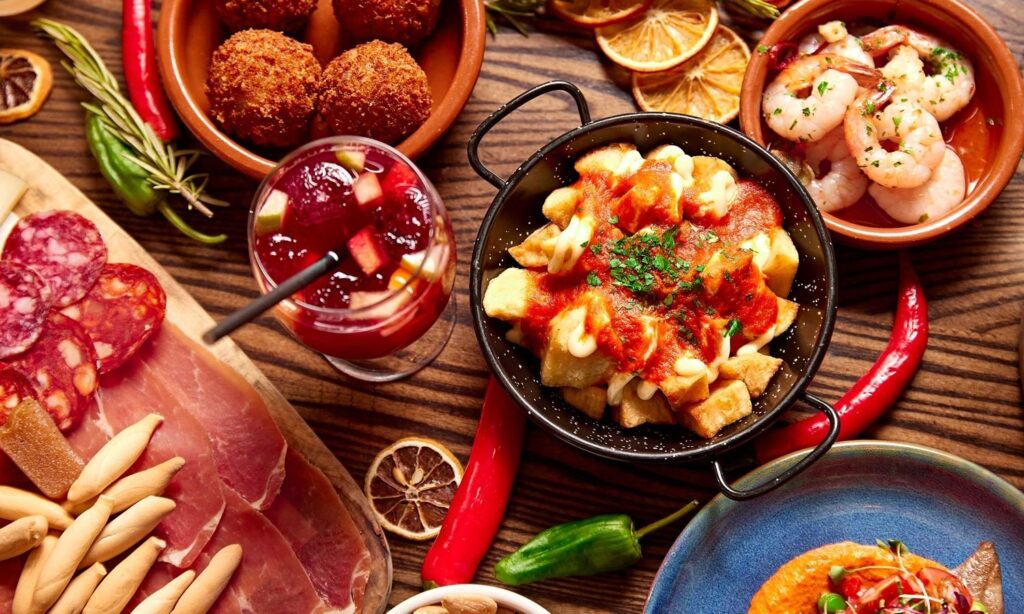
11) USA – Burgers and Buffalo Wings
American fans lean into their own traditions, with burgers, buffalo wings, and beer dominating World Cup watch parties. Sports bars across the U.S. treat the event like the Super Bowl, making food central to the experience (Sports Illustrated). It’s a combination of football fever and American tailgate culture.
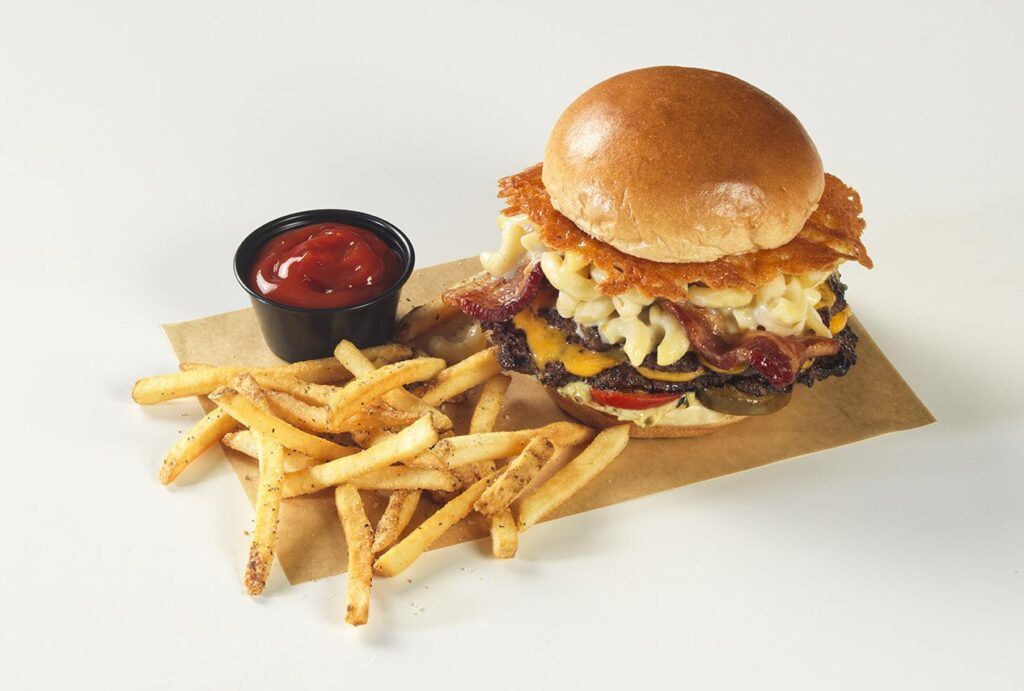
12) Middle East – Hummus and Shawarma
In Middle Eastern countries, fans gather around platters of hummus, shawarma, and flatbreads while watching World Cup matches. These foods encourage communal eating and conversation (The National). They showcase how regional flavors bring richness to the global football festival.
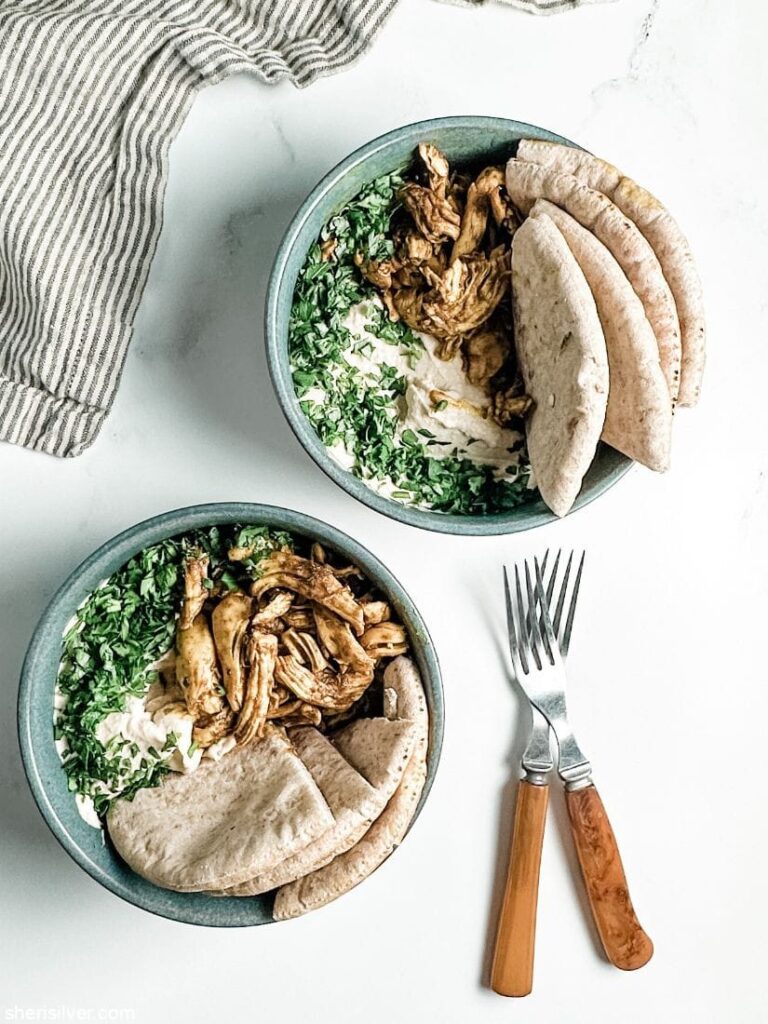
Alt-text: **
13) Nigeria – Jollof Rice
Jollof rice, a vibrant dish with tomatoes, peppers, and spices, is central to Nigerian gatherings during football tournaments. It’s filling, flavorful, and shared among family and friends while watching the Super Eagles (BBC). Jollof during the World Cup embodies West African culinary pride.
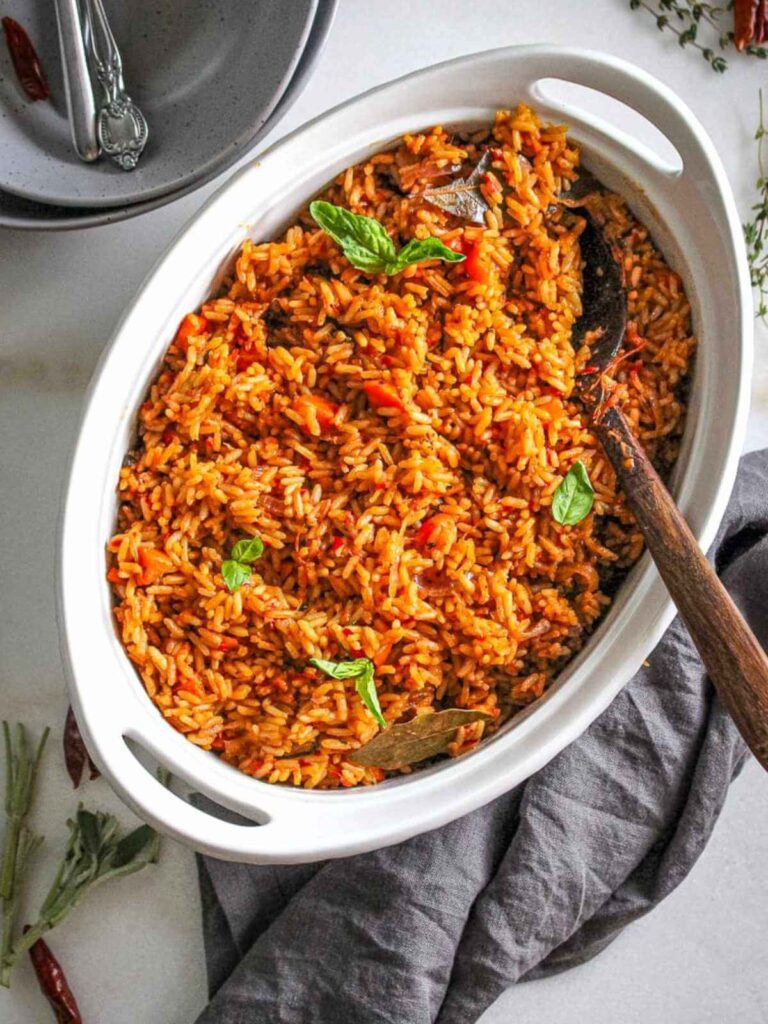
14) Morocco – Tagine
Moroccan fans celebrate matches with tagine, a slow-cooked stew full of spices, lamb, or chicken. Served in communal pots, it reflects Morocco’s traditions of shared meals and hospitality (Al Jazeera). Tagine adds warmth and depth to the World Cup viewing ritual.
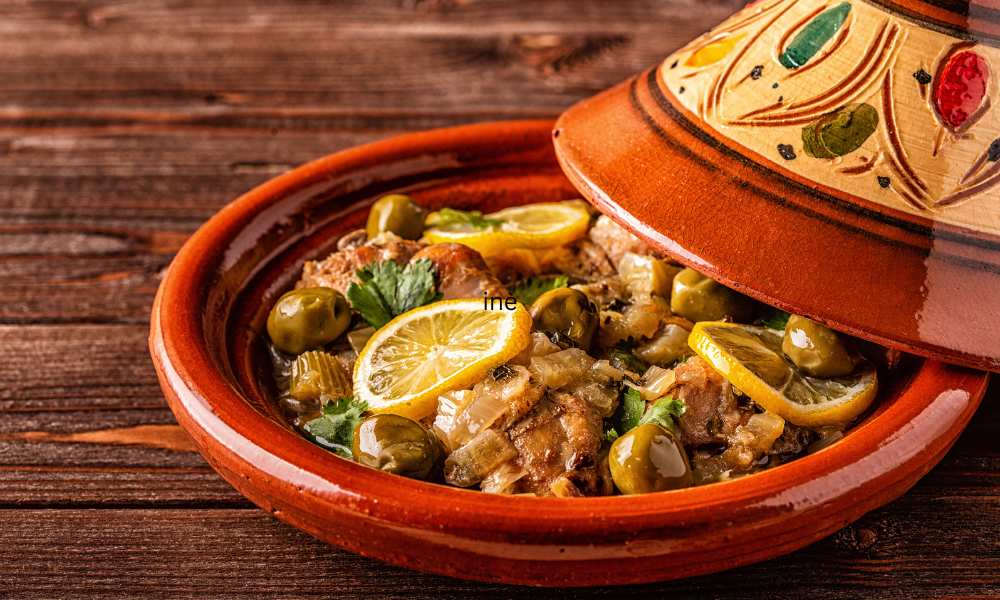
15) South Africa – Braai
South Africa’s “braai,” or barbecue, became globally known during the 2010 World Cup. Grilled meats cooked outdoors brought communities together, symbolizing unity and celebration (New York Times). The braai remains a lasting culinary tradition tied to football festivals.
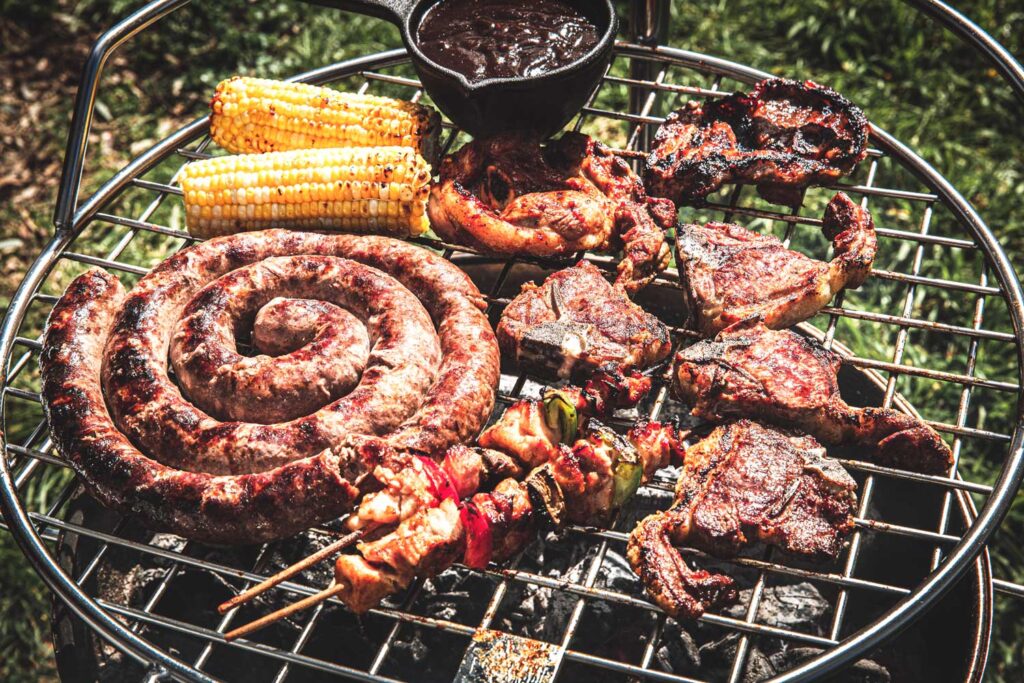
FAQ
Why are food traditions important during the World Cup?
Food traditions enhance the sense of community by bringing fans together in shared meals. They make matchdays more festive, adding flavor and culture to football experiences (Sports Illustrated).
Do these foods influence fan culture?
Absolutely. Iconic foods create memories, travel across borders with fans, and even inspire themed menus in stadiums and restaurants. They are as much a part of the spectacle as chants, jerseys, and goals (BBC).
Suggested Internal Reads: The Art of World Cup Fan Displays & Tifos · Traveling Fans · Host Nation Home Support


